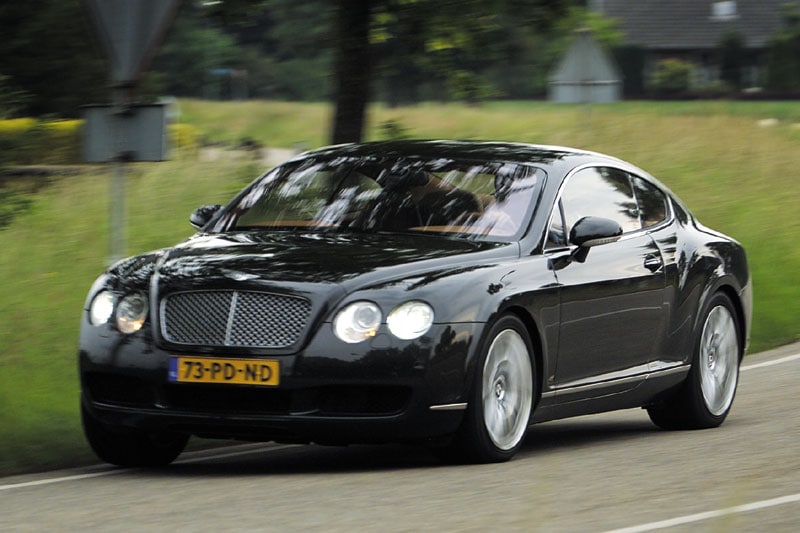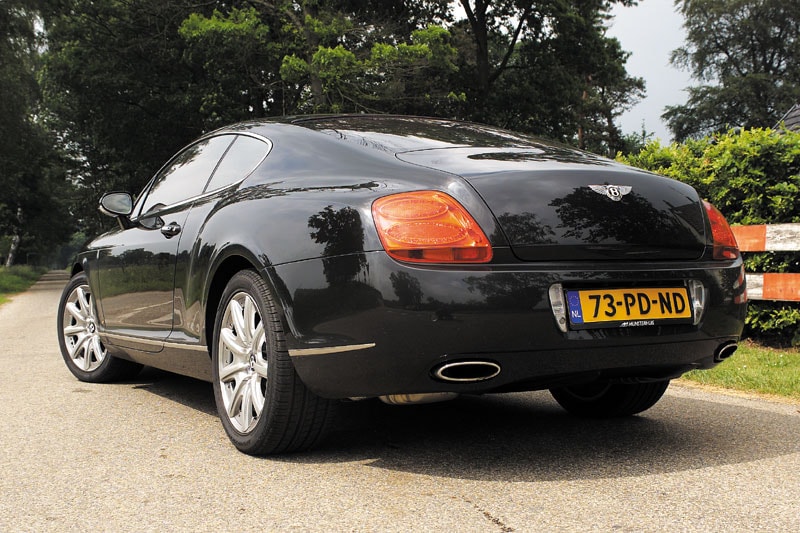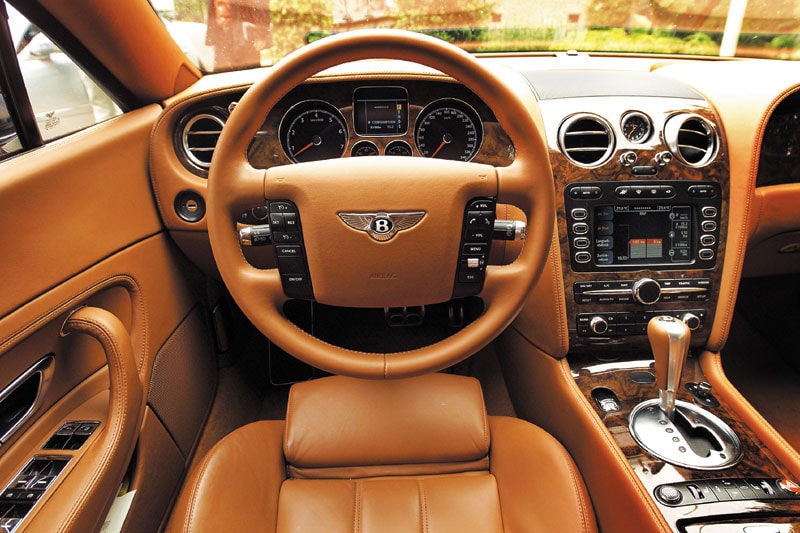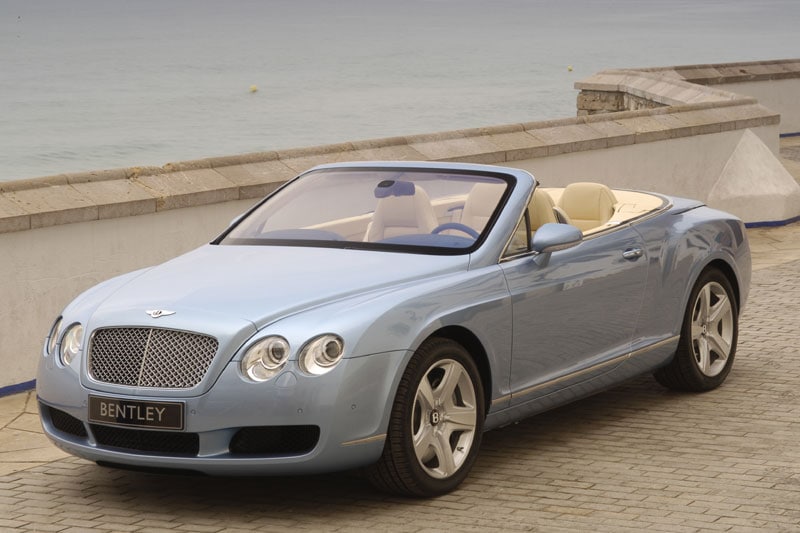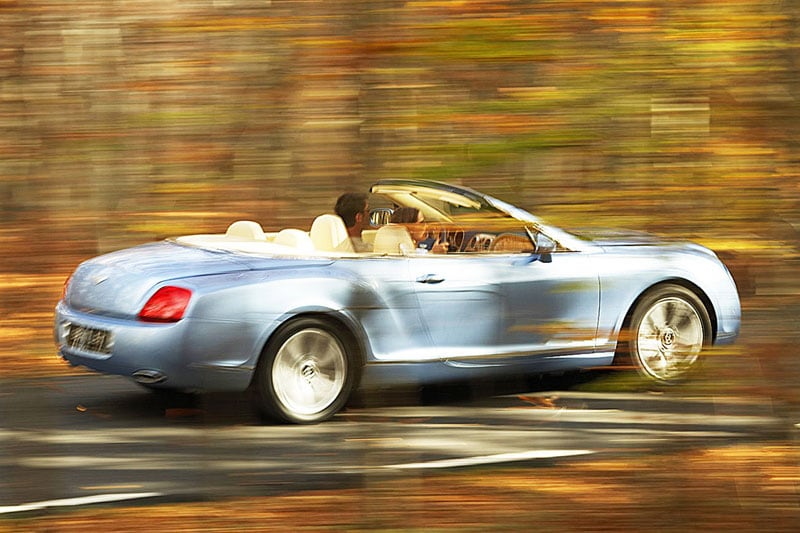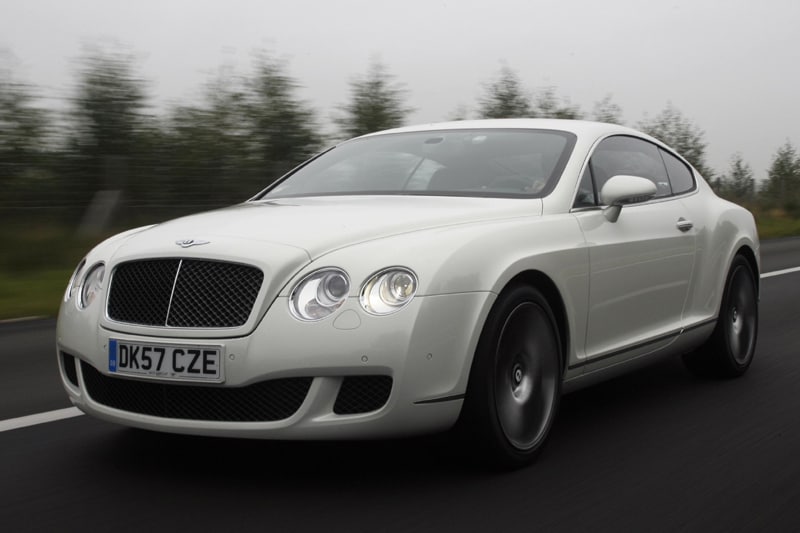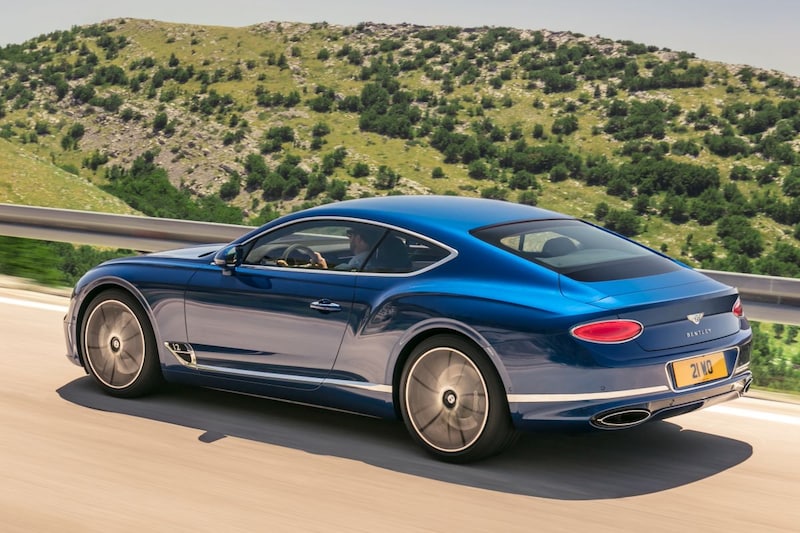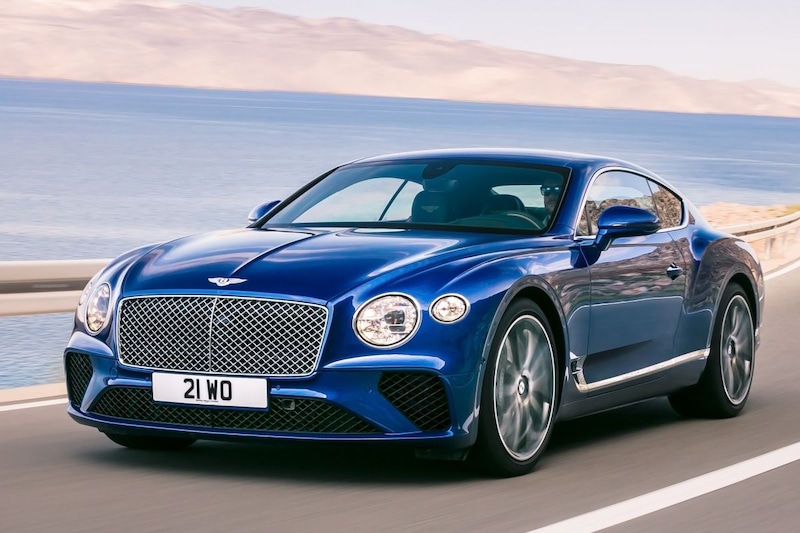Modern icon
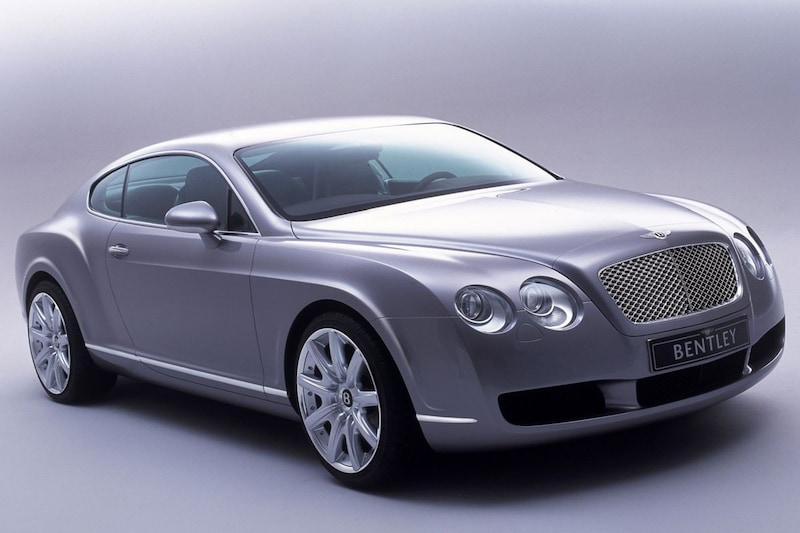

This year marks the 20th anniversary of the Bentley Continental GT; the model with which the Bentley brand reinvented itself under the wings of the large Volkswagen group. And not without success. The original 2003 Continental GT is already a modern icon and its three generations together make it by far the most successful British model range – to date.
Volkswagen took the ailing Bentley under its wing in 1998. The British had not designed a completely new car for decades, and with a shockingly expensive, not very progressive and produced in (too) small numbers, it had no long future. But with the takeover by Volkswagen, opportunities arose, and the two brands seized them with both hands.
Make no mistake, however: it is not the case that Volkswagen rigorously transformed the British store into something completely different in no time. No, this was thought about and time was taken. The acquired Bentley used the years 1998 to 2003 to develop an entirely new car, complete with a brand new power source. The money for this development came largely from Volkswagen, and was supplemented by income from the sales of models such as the Brooklands, Arnage and Azure.
Those were still ‘old school’ Bentleys; hand-built mastodons with the endlessly used 6.75-liter V8, a torque-rich block that only retired with the disappearance of the Mulsanne. The Brooklands, Arnage and Azure were cars with a classic look, which were built until the end of the noughties and showed some similarities with the Continentals before the takeover.

The last ‘old-fashioned’ Continental produced from 1991 to 2002, shown here as Continental R.
Revolution
But with that car, the ‘classic’ Continental, it was over in 2003 after more than 11 years. The new one was finished. And how. The ‘Conti GT’ carried a revolutionary design coach that could accommodate four people, luggage, a W12 and four-wheel drive and was still unmistakably ‘Bentley’, although completely different from before. It was the body of a car that was also built in a completely different way: the new Continental GT was a car that was built in series, and was therefore not screwed together one by one. This of course resulted in advantages, not least in terms of price. With the classic Continental series, prices were still kept secret according to good British custom, but it was whispered that the Continental T was the most expensive car you could buy in the Netherlands at the time. It was different with the new Continental GT. The car, which shared many components with the actually equally bizarre Volkswagen Phaeton, was ‘already’ available for less than 3 tons and thus came into the picture for many more rich people.
So it was indeed a completely differently positioned car, although that did not mean that all old values were resolutely overboard. Also in the ‘new style’ Bentley, the leather reached to the ceiling and you could find hand-worked interior panels. Although interspersed with the necessary Volkswagen controls, you had to take that for granted.

The interior of the original 2003 Continental GT.
That was not very difficult, because you could also find Volkswagen influences under the hood of the Continental new style – but in a positive sense. In the Continental GT, the Volkswagen W12 block was combined with two turbos for the first time. Already in the first iteration of the car, the power source produced 560 hp and 650 Nm of torque, good for a top speed of 318 km/h and a 0 to 100 of 4.8 seconds with a car weight of more than 2,300 kg: quite extreme values in 2003 .
‘A Bentley has never been this good’, we wrote down during the first driving test in the same year, where it was also noticeable that ‘corners were no problem’ for the very heavy GT. The Continental range was expanded rapidly. There was an open GTC and even a four-door sedan was developed, the Flying Spur. It lived up to its name, because thanks to the same W12, this was the fastest production sedan in the world in 2005. After various updates and facelifts, in 2011 it was time for what Bentley calls the next generation of the Continental GT, although the coupe and convertible are actually a further development. The Flying Spur lost the ‘Continental’ name and therefore continued separately, with a carriage that actually became completely different. Generation 2 also brought a V8 version, which made the already relatively (very relatively) accessible Continental slightly less expensive for Bentley standards. On the other side of the spectrum, there was always plenty of choice, thanks in part to the even more powerful W12 Speed versions.


Above the former, below the latter: completely different and yet the same.
More successful than ever
Although we were pleased with the driving behavior of the first Continental GT, it later turned out that there was still a lot to improve. The first Continental GT was on the so-called D1 platform, which has many similarities with the platform of the Audi A8, for example. This also applied to generation two, which is in fact a further development of the first. The third, current Continental GT, which is conceptually basically the same as the original, is different. This car shares its platform with the Porsche Panamera. Partly thanks to the improved driving characteristics it offers, the Bentley Continental GT may be even more relevant in 2023 than when it was born. In the Netherlands, anyway. Bentley has never sold so many Continentals in one year here as in 2022: 64 units. That is three more than in 2019, the model’s second most successful year and the first full year in which the third modern Continental was on the market.
This year, 22 units have already been registered so far, while the brand with the Bentayga now also has competition from its own house to a certain extent. Things are going well for Bentley – in the Netherlands and internationally. Last year, the brand experienced its best year worldwide, with unprecedentedly high figures, for which the Bentayga and Continental mainly signed, while Bentley also wrote sales records in 2022 and 2021.
The brand is still reaping the rewards of the time it took to develop the original Continental GT between 1998 and 2003. Bentley is therefore celebrating the model’s anniversary in detail this year, with a series of events and one off specials of his current Continental. In addition, the Goodwood Festival of Speed in July specifically focuses on the W12, because that power source will retire in 2024. The next Continental GT will be an all-electric one, and we’re willing to bet that despite that big change, it will ‘just’ continue where the current one ends – and where the 2003 model once started.

The first of a series one off versions of the Continental GT that Bentley presents this year.
.
– Thanks for information from Autoweek.nl








